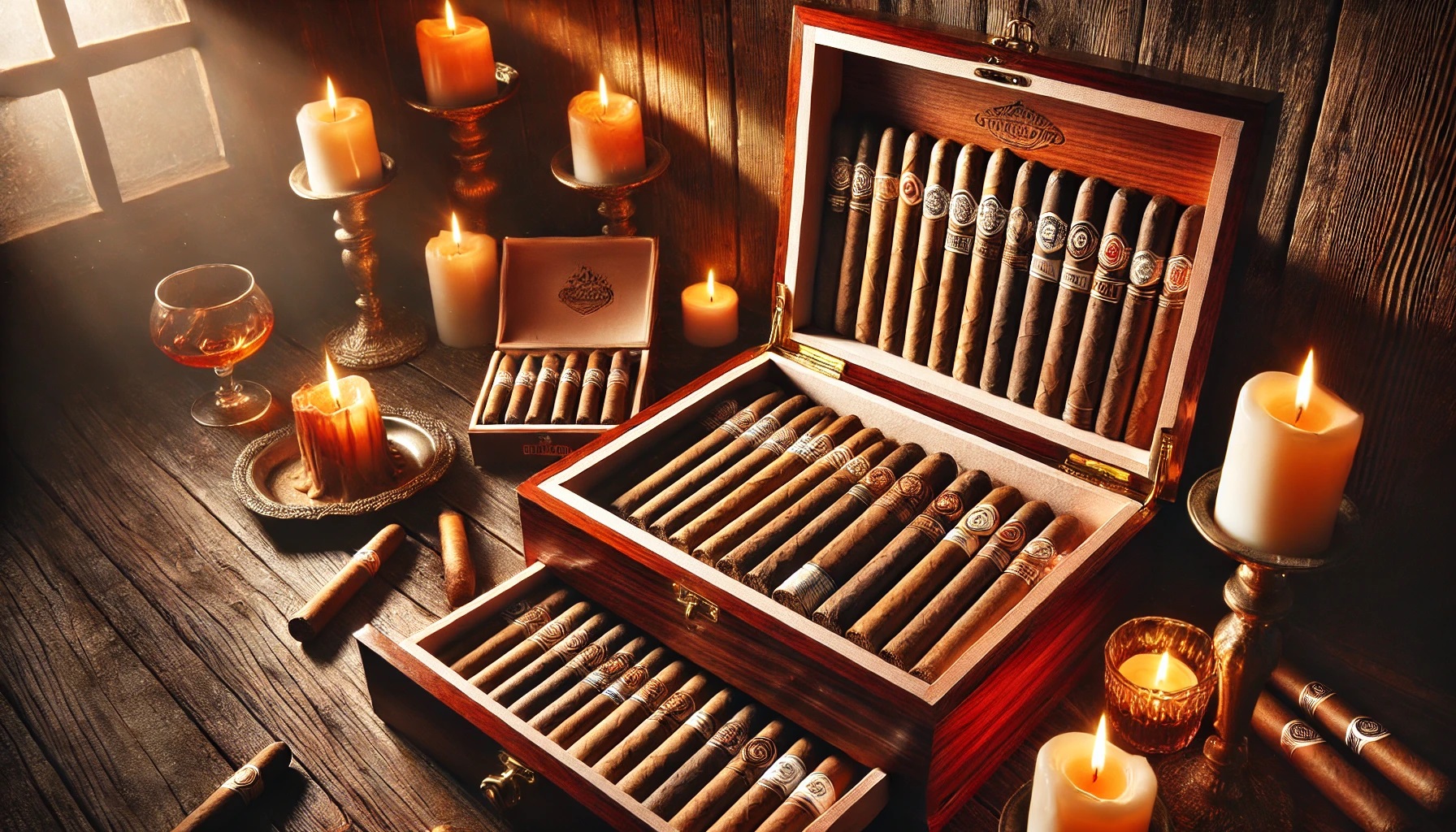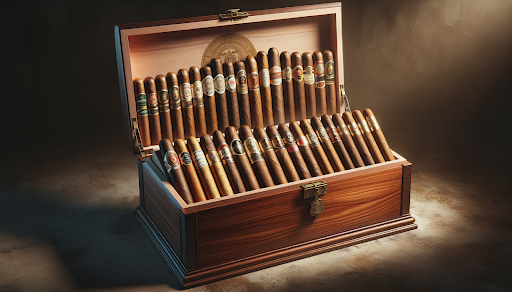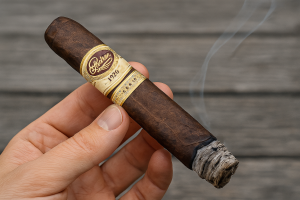How Have Cigars Evolved Over the Centuries? Historical Insight Throughout the Ages

Cigars, once a symbol of wealth and luxury, have undergone significant transformations since their inception in ancient civilizations.
This exploration reveals how cigars have evolved in terms of production, consumption, culture, and regulation, providing a comprehensive perspective on their journey through history.
From Rituals to Royalty: The Ancient Origins of Cigars
The origins of cigars date back to ancient Mesoamerica, where the Mayans used rolled tobacco for rituals and medicinal purposes.
Following Columbus's expeditions, cigars were introduced to Europe, quickly becoming a luxury among nobility.
Ancient Origins
The earliest forms of cigars can be traced back to the 10th century in ancient Mayan civilization, where tobacco was rolled into leaves. Archaeological findings show that the Mayans would smoke rolled tobacco, using it in rituals and for medicinal purposes.
Cigars were introduced to Europe in the late 15th century following Christopher Columbus’s expedition to the Americas. By the 16th century, Spanish noblemen began to adopt the practice, leading to widespread popularity.

17th to 19th Century: Rise in Popularity
The 17th century marked the beginning of cigar production on a larger scale. Factories dedicated to rolling cigars emerged in Spain, particularly in Seville. The term “cigar” itself is believed to have originated from the Spanish word “cigarro.”
By the 19th century, cigars had gained immense popularity in Europe and America. Cigar lounges and clubs began to appear, creating a social hub for enthusiasts. Famous brands like Cohiba and Montecristo were founded during this period.
Finally, advances in cigar rolling techniques and the introduction of premium tobacco varieties, notably from Cuba and the Dominican Republic, significantly improved the quality and diversity of cigars.
20th Century: Cultural Significance
20th Century has brought the one final boom, making cigars more popular than ever and bringing them up to status that they have nowadays.
- Symbol of Status: Throughout the 20th century, cigars became synonymous with status and sophistication. Celebrities, politicians, and businessmen were often seen enjoying cigars at public events, further embedding them into popular culture.
- The Great Cigar Boom: The late 1990s experienced a “cigar boom” where sales surged as new brands emerged and consumers sought out hand-rolled cigars. According to the Cigar Association of America, U.S. cigar sales increased from 3.3 billion cigars in 1993 to over 12 billion in 1998.
- Regulatory Challenges: The popularity of cigars led to increased scrutiny by health organizations. The FDA began to regulate tobacco products in the 2000s, which impacted marketing, distribution, and sales channels of cigars.
21st Century: Innovation and Trends
Ongoing cigar trends are marked by craftsmanship, sustainability, as well as the digital presence that no industry has managed to be immune of.
- Craft Cigars: The modern era has witnessed the rise of craft cigars, where boutique brands focus on quality over quantity. These brands often experiment with unique blends and flavors, appealing to a new generation of smokers.
- Sustainability: A growing interest in sustainable and organic products has led some manufacturers to adopt environmentally friendly practices in the cultivation and production of tobacco.
- Digital Presence: Many cigar brands now capitalize on social media platforms for marketing and community building. Engaging content and direct-to-consumer sales models have reshaped how cigars reach consumers.
Recent Statistics
The cigar industry shows steady growth, with 3.1% of adults smoking cigars in 2022 and the market is expected to reach $21 billion by 2027. This continued interest underscores the resilience and popularity of premium cigars, despite regulatory pressures.
- Adult Usage: Approximately 3.1% of adults smoked cigars in 2022, according to the National Institute on Drug Abuse.
- Market Projection: The global cigar market is set to reach $21 billion by 2027, growing at a CAGR of 5% from 2020 to 2027.
- Premium Demand: Demand for premium cigars remains strong, reflecting ongoing interest even with regulatory challenges.
Craft Your Perfect Cigar Ritual – Here’s How to Begin
The evolution of cigars over the centuries illustrates profound shifts in culture, production, and consumer behavior. Today's cigar enthusiasts enjoy a rich tapestry of history with a wide array of options, from traditional Cuban cigars to innovative craft blends.
Key Takeaways:
- Cigar Selection: Explore boutique brands that emphasize quality and sustainability. Many of these brands are at the forefront of innovation and offer unique tasting experiences.
- Cultural Engagement: Participate in local cigar events or clubs to deepen your appreciation of cigars and connect with fellow enthusiasts.
- Informed Choices: Stay informed about the regulations affecting cigar sales and quality to ensure that your choices support responsible consumption and engagement with the cigar community.
As cigars continue to evolve, understanding their history and the factors driving change can help enthusiasts appreciate their rich heritage while enjoying the modern offerings available today.















